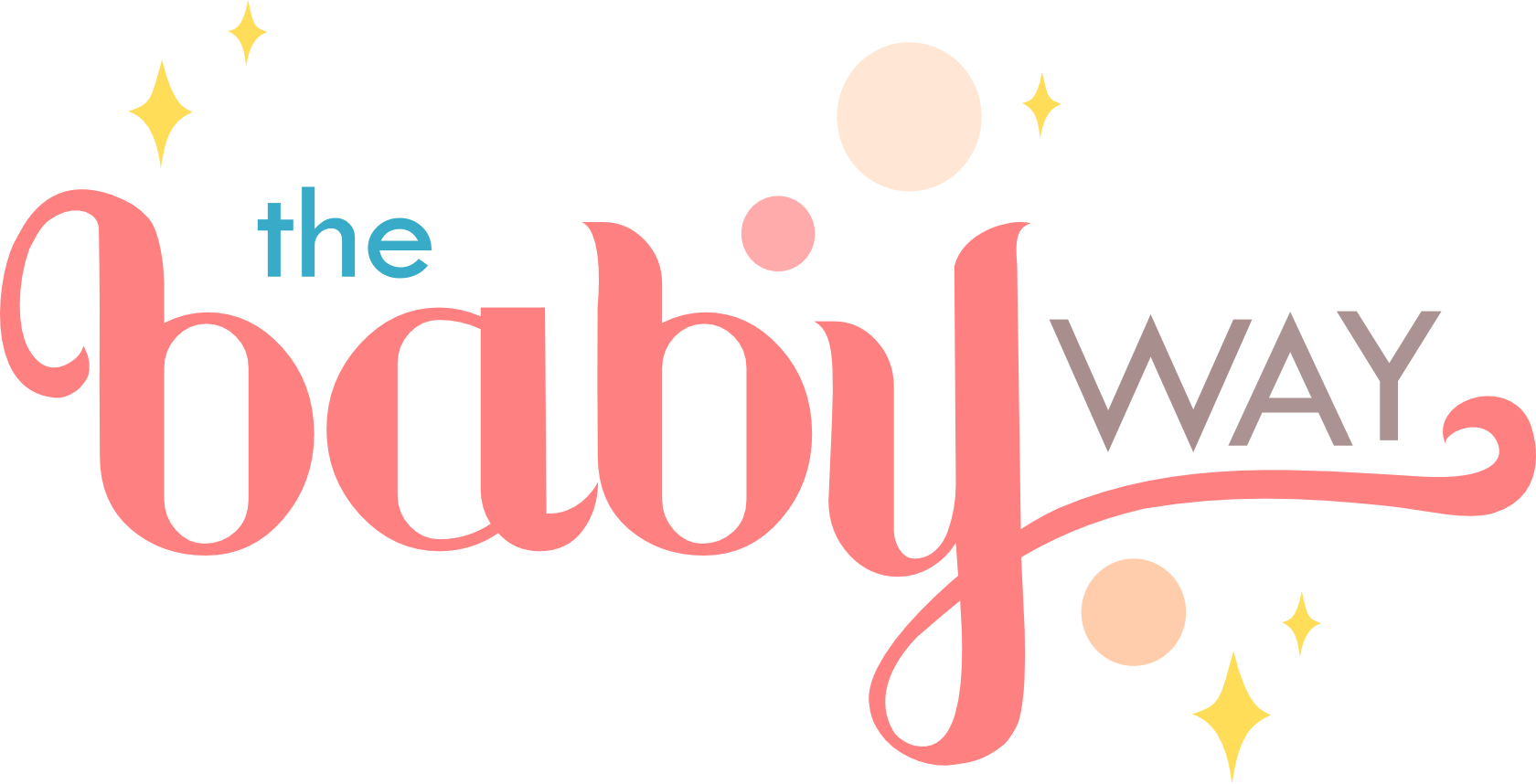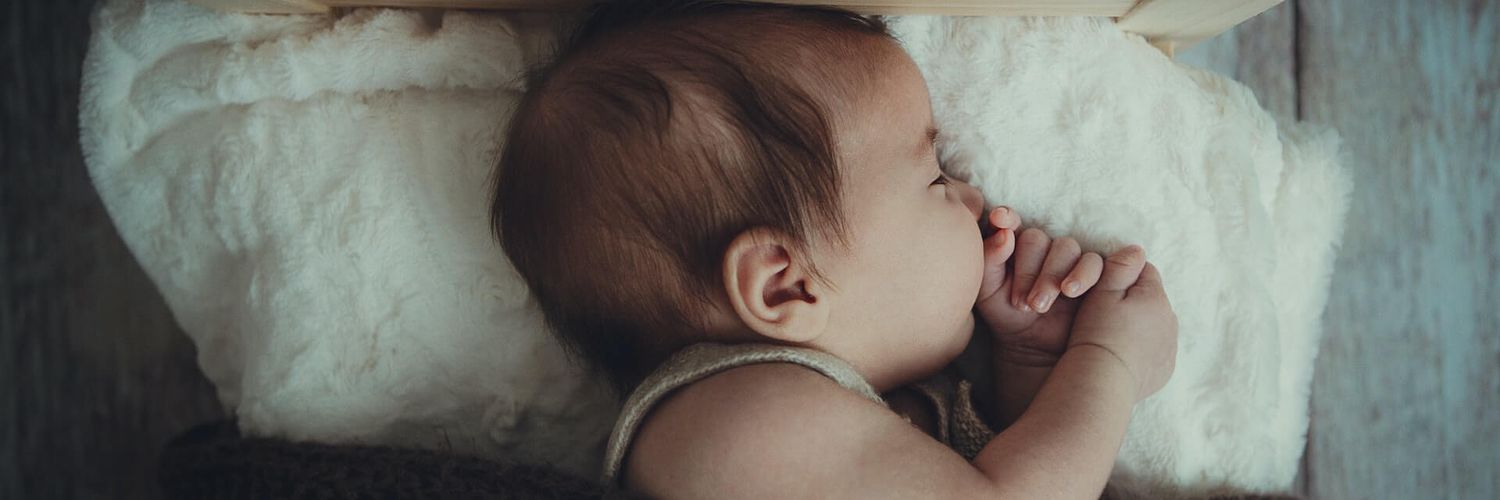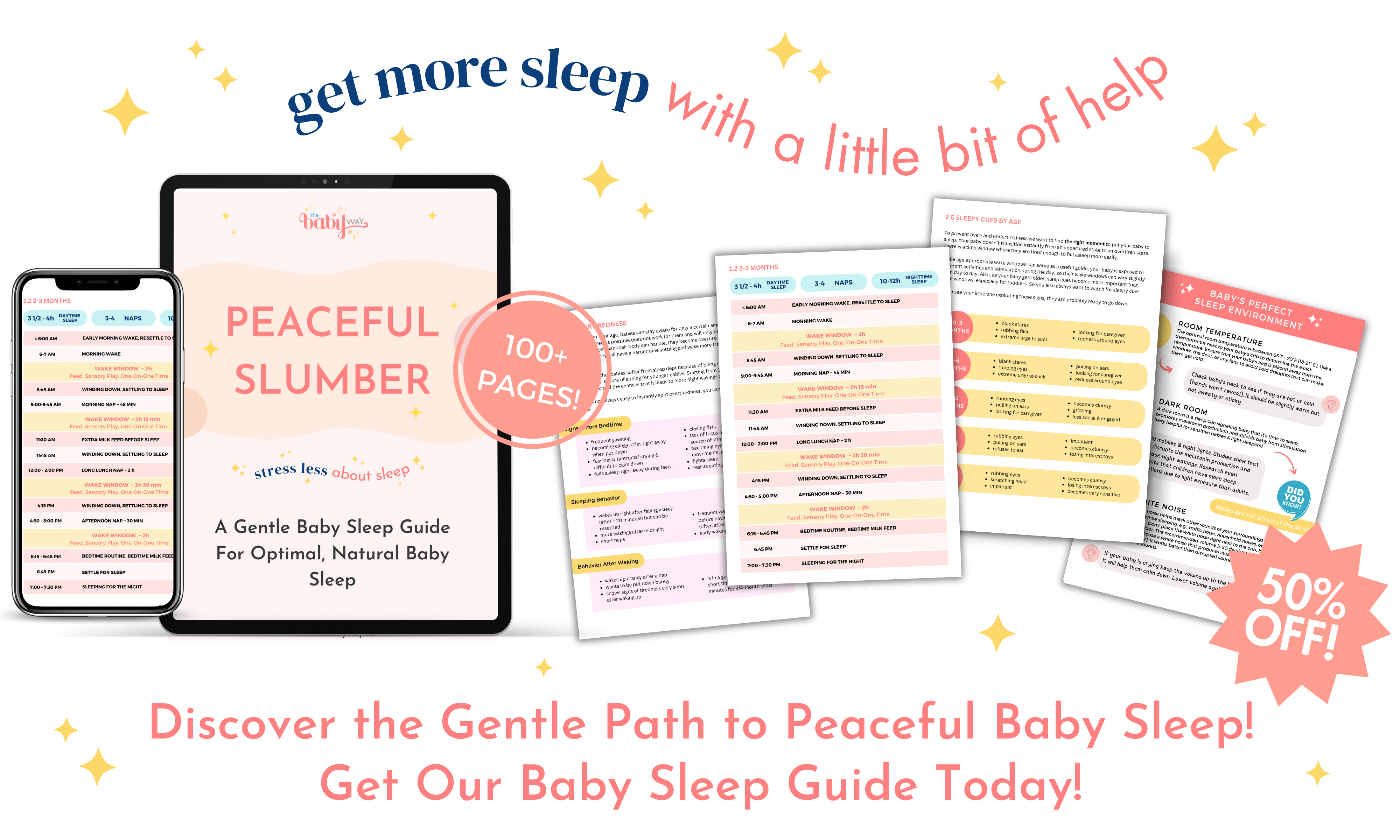Figuring out the right time to get your baby to sleep can be a real challenge for new parents. You might be so desperate that you are even close to asking the stars for guidance (which means you are close to getting crazy). But don't worry! With our list of early tired signs, you will never miss the right moment again!
The newborn phase definitely has some advantages. One advantage is, for example, that your fresh baby will fall back asleep 5 minutes after they open their eyes.
But as your baby gets older and stays awake for a longer time, it doesn't seem that easy anymore. Now they don't just fall asleep. No.
Now, YOU have to figure out the right time to get them ready for sleep.
But figuring out the right time to put baby down for a nap or the night is not always that easy. Some babies don't show any tired signs. Others are happy until suddenly all hell breaks loose during your bedtime routine.
Whether you have a baby whose sleepy cues are hard to read or a little one who goes from 0 to 100, with our full list of early sleep cues, you will never miss the right time to put baby down again.
This article covers:
-
1. What Are Baby Sleep Cues?
2. The Different Types Of Sleep Cues
3. Typical Early Sleep Cues
4. How To Read Your Baby's Early Sleep Cues
5. What If My Baby Doesn't Show Early Sleep Cues?
6. What If My Baby Shows Early Sleep Cues Before A Full Wake Window?
7. Wake Window Or Sleep Cue?
8. Tips For Putting Baby To Sleep After Seeing Early Sleep Cues
1. What Are Baby Sleep Cues?
Baby sleep cues are the signals that babies give off when they're feeling sleepy or tired. These cues are a way for your baby to communicate that they're ready for some rest. Recognizing these cues is essential for figuring out the right time to get your baby to sleep.
If you try to put your baby to sleep too early, you will deal with an undertired and still energetic baby. On the other hand, if your baby is up for too long, you have an overtired baby on your hands who's now really high on adrenaline. Both babies won't sleep well. They will either have a short nap and wake after their first sleep cycle, or they will cry down the house. Either way, it's not really pleasant for everybody involved.
That's why sleep cues can be so helpful. By learning to read the right tired signs, you can get them to sleep just in time.
2. The Different Types Of Sleep Cues
But here is the tricky part. Sleep cues are not just sleep cues. There are, in fact, three types of sleep cues you should look out for: early sleep cues, late sleep cues, and overtired signs.
Early sleep cues indicate that your baby is just starting to get tired and are soon ready to sleep.
Late sleep cues signal that your baby is ready to sleep right now. They should be all prepped for bed and ready to be settled to sleep.
Overtired signs indicate that your baby is already awake longer than they could actually handle.
Early sleep cues can be very subtle and easy to miss. As your baby gets more tired, their tired signs will progress and intensify until they eventually show signs of being overtired.
3. Typical Early Sleep Cues
Early sleep cues are your best friend. And they are the best indicator to tell you that your baby needs to sleep soon.
However, as mentioned before, it can sometimes be challenging to spot them. That's why you sometimes have to observe your baby very closely to detect them.
Sleep cues can vary from baby to baby. Some babies will also come up with their very own sleep cues. But there is a good list of common baby sleep cues that can be seen in the majority of babies.
Typical Early sleep cues are:
- redness around eyes/ red eyebrows
- glassy eyes, slow blinking
- blank stares
- looking for caregiver
- losing interest in their surroundings
- avoiding eye contact with people besides caregiver
- wanting to be carried
- slightly jerky movements, kicking legs
4. How To Read Your Baby's Early Sleep Cues
Most likely, your baby will not show every sleep cue mentioned in the list. Some babies will show more, others less sleepy signs.
That is why you need to observe your baby closely to determine their individual tired cues. What signs are they showing regularly and repetitively? This is often a process of trial and error. It can take some time until you completely figure out your baby's early cues.
5. What If My Baby Doesn't Show Early Sleep Cues?
Well, it can happen. Sometimes babies will make a pause in showing their usual tired signs just like that without any warning. I mean, why not, right?!
Then again, your life is very busy, and it can be easy to miss a tired sign. Sometimes babies will also skip the early signs and jump right to the late sleep cues. Still, you should not worry about it too much because, in that case, you can use wake windows to determine when your baby needs to sleep again. Wake windows can help you determine the right awake time for your baby and can also help you know when to look out for those possible early sleep cues.
6. What If My Baby Shows Early Sleep Cues Before A Full Wake Window
The great thing about early sleep cues is that your baby doesn't need to get to sleep ASAP. They are still content, and you still have time to get them ready for sleep. So even if your baby shows first tired signs before hitting a full wake window, you don't need to stress about it.
You can lengthen your nap or bedtime routine and include some extra cuddles or books. Remember, the wake windows only end when your baby falls asleep, and that can still take some time.
7. Wake Window Or Sleep Cue?
It really depends on your baby's temperament and their age to see which one will work better. In general, newborns and very young babies show more intense sleep cues than older babies and toddlers.
Some parents find that sleep cues work better for babies younger than one year. After that, babies nap much less during the day, and their awake times increase. So it is just natural that they get a dip in energy or mood, and that can make reading sleep cues really tricky. That's why many parents find wake windows more helpful for older babies.
For many, a combination of both sleep cues and wake windows works very well. Wake windows can give you kind of a heads-up when to look for tired signs.
8. Tips For Putting Baby To Sleep After Seeing Early Sleep Cues
Now that you know that your little one is ready to sleep, it's time to get ready!
Here is a list of what you can do to unwind your baby:
1. Slowly end your current play
If your little one is engaged in playing, you should not just abruptly stop but gently wean them out of the play. Even for little babies, it can be quite irritating if you drag them out of their play.
2. Create a calm environment
Remove all the noisy toys and turn off the tv to create a calm and quiet environment. You can dim the lights where you are having your nap or bedtime routine to get your baby in the mood for sleep.
3. Be calm yourself
Babies have the best stress receptors in the world. Even if you are only slightly in a hurry, they will pick up on that. Your behavior will be reflected in their behavior. So the calmer you do things, the better.
4. Nap/Bedtime routine
A routine before sleep is a great way to wind down. Nap routines should be relatively short, while the bedtime routine can be a little bit more extensive. It also depends on your baby's age. The younger the baby, the shorter the routine should be. You can end the routine by reading a book.
5. Have extra cuddles
Some extra cuddles before sleep are a great way to fill your baby's emotional cup. Sleep means separation from their caregiver, so the more you fill their emotional needs, the better they will sleep.
Remember, recognizing your baby's sleep cues is a process. As your baby grows, their sleep patterns will change, and so might their sleep cues. But you will also get to know your baby better every day, and at some point, you will be just able to pinpoint the time they need to snooze!








